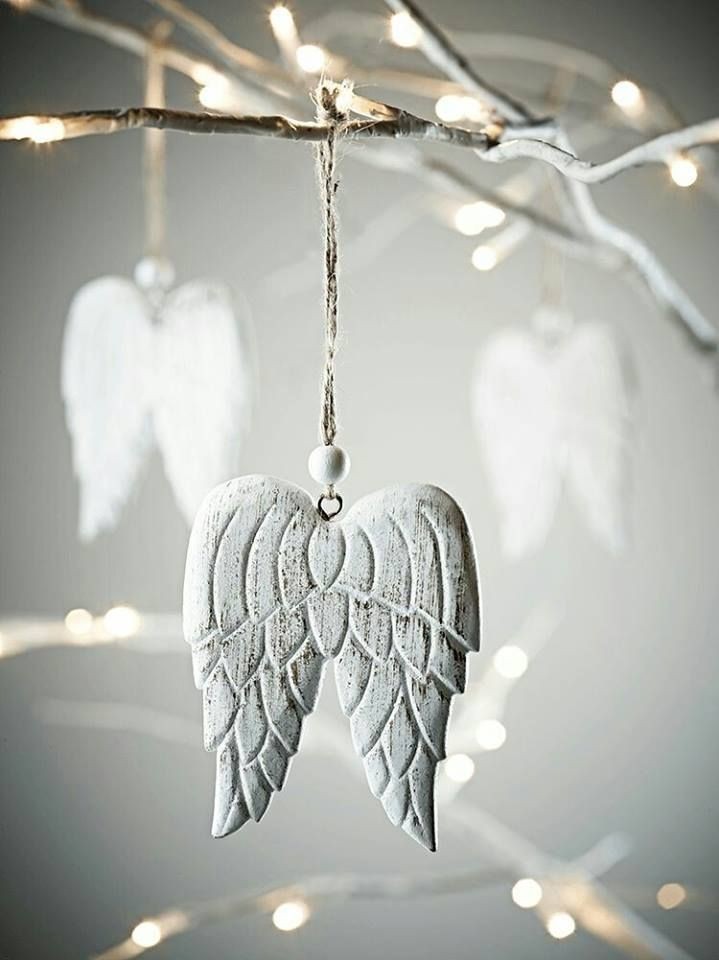Fabric Art Therapy: Weaving Culture, Emotion, and Healing
- Koöko Fleurs
- May 3
- 2 min read

Fabric art therapy is a powerful medium for emotional expression, healing, and cultural storytelling. Across different societies and traditions, textiles have carried deep symbolic meaning, connecting generations through woven narratives. Beyond their aesthetic beauty, fabrics possess an emotional intelligence—they hold memories, evoke feelings, and serve as a tactile refuge in moments of distress.
The Cultural Significance of Fabric in Therapy
In many cultures, fabrics are more than just materials; they are storytellers. Quilts, tapestries, and embroidered garments carry histories of resilience, heritage, and identity. Traditional textiles such as Japanese boro, African kente cloth, or Native American story robes are not just artifacts but reflections of life experiences, community values, and personal journeys.
When used in therapy, these culturally significant fabrics allow individuals to reconnect with their roots, express personal identity, and process emotions in a way words sometimes cannot. For example:
- Community Quilting Projects: In many cultures, quilting circles bring people together to share experiences, offering emotional support and a sense of belonging.
- Fabric as Memory Keepers: Heirloom fabrics passed down through generations evoke memories, helping individuals process grief or nostalgia.
- Textile Symbolism in Healing: Certain colors, patterns, and textures carry emotional significance—soft, flowing fabrics may bring comfort, while structured, geometric patterns can symbolize stability and resilience.
The Emotional Intelligence of Fabrics
Fabric possesses a unique ability to evoke emotions through touch. Soft textiles can create a soothing, protective feeling, while rough textures may symbolize struggle or endurance. The tactile experience of fabric-making—sewing, weaving, or embroidering—can promote mindfulness, reducing anxiety and fostering emotional clarity.
- Touch as Therapy: Engaging with fabric offers a sensory experience that can be calming and grounding, particularly for trauma survivors.
- Personalized Fabric Narratives: Creating textile-based art allows individuals to express complex emotions visually, whether through stitching, dyeing, or patchwork.
- Symbolic Transformation: Upcycling worn fabrics into new art pieces represents renewal and personal growth, reinforcing the idea that healing is possible.
Fabric art therapy is not just about creating something beautiful—it is about storytelling, connection, and emotional healing. Whether through cultural textiles, personal memory pieces, or expressive stitching, fabric speaks in ways words sometimes cannot. By embracing the emotional intelligence of textiles, individuals can weave their personal narratives into something tangible, meaningful, and therapeutic.











Comments